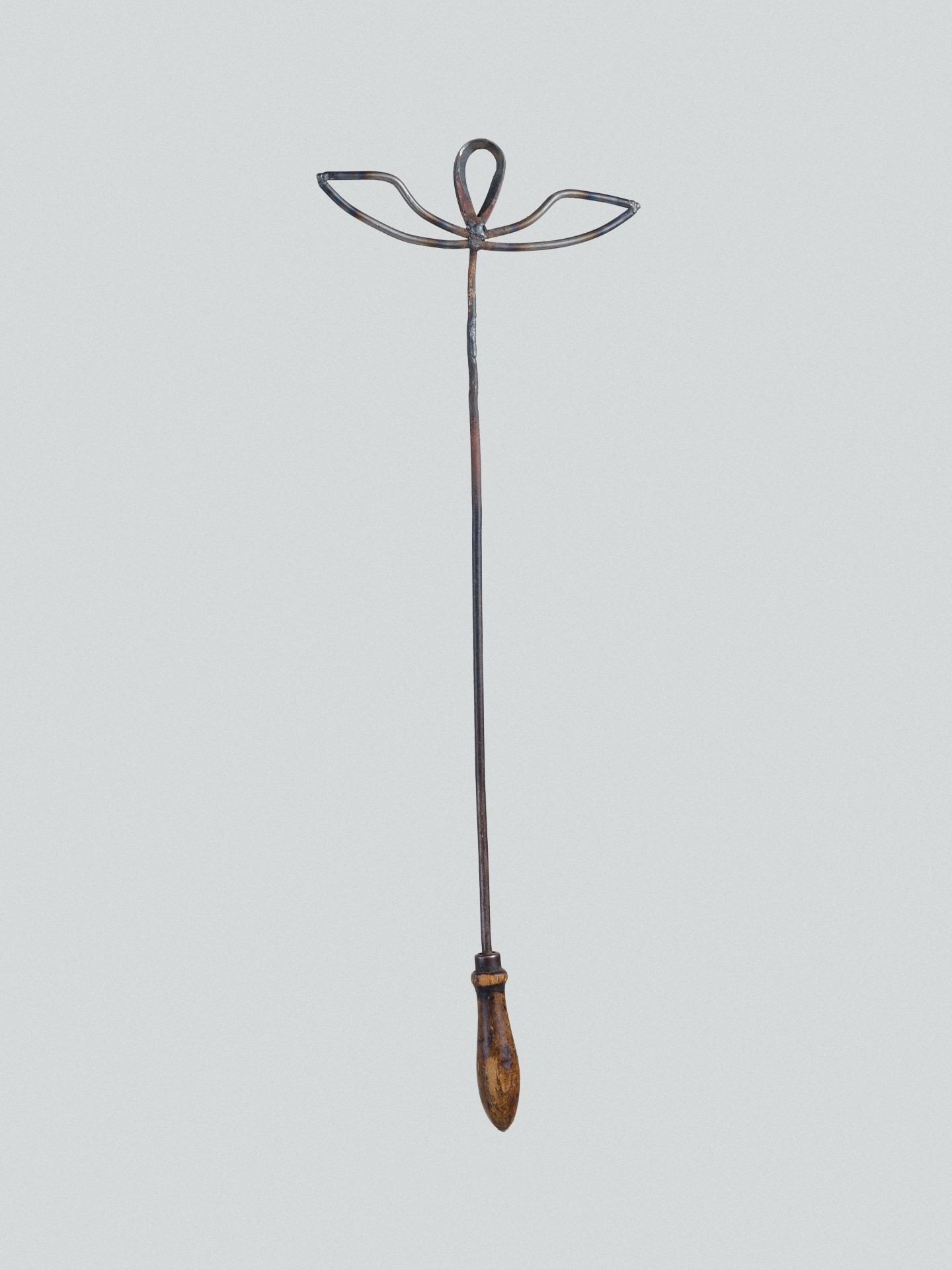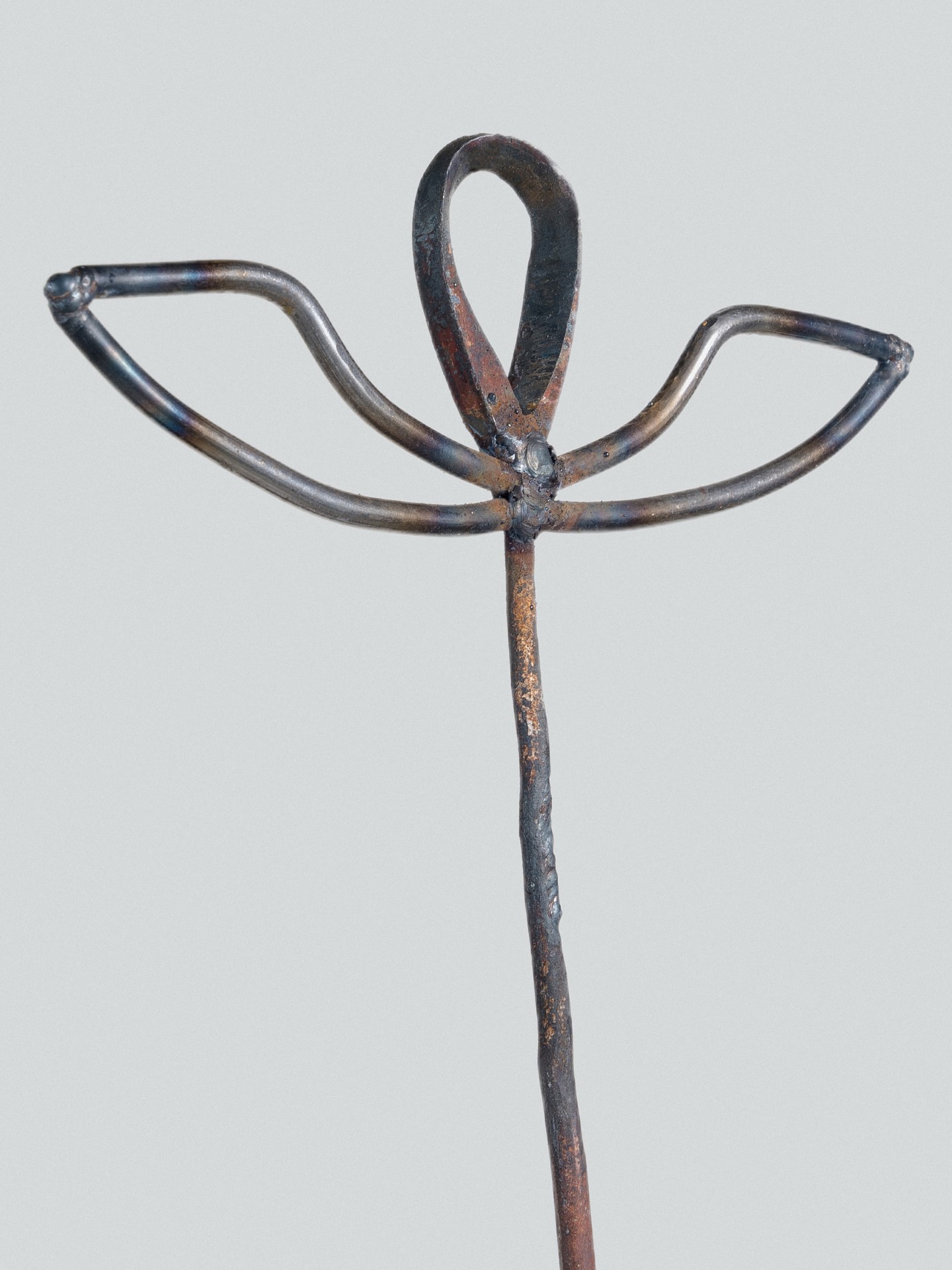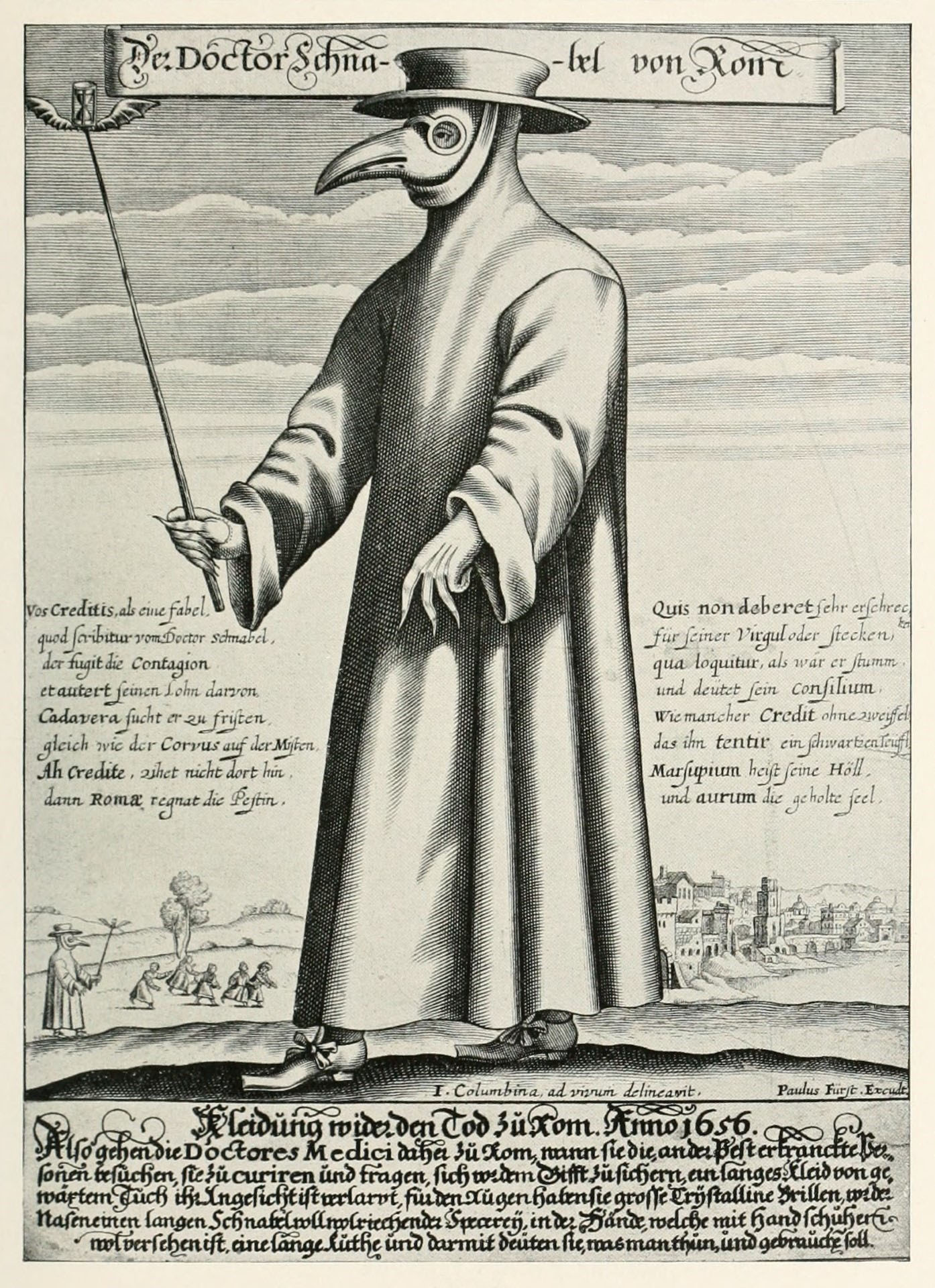In the centuries-long history of epidemics, the most devastating of all was the plague. The first plague epidemic broke out around 540, and lasted until the late 17th century, killing almost half of the European population. Especially deadly was the bubonic plague in the 14th century, which took the lives of 150-200 million people.
Gangrenous, black knots (called chidders at the time) developed on the infected person’s skin, from which derives the alternative name of the bubonic plague: black death. Some tried to remove these chidders from their bodies: first they cut around them, then they pulled them out. The device used for this procedure was called chidder-puller.
Because people didn’t know the scientific explanation of the disease, looking for reasons, they interpreted the illness as a divine strike for their sins. In some cities conducted cleansings against heretics, while some people looked for the source of the malady in themselves, and put themselves through a self-harming purification process.
During the course of the disease, lymph nodes swelled painfully. These so-called buboes, which gave name to the illness, appeared mainly in the groin area, on the armpits and the neck. By the third day of the disease, the infected person would develop a fever, diarrhoea, vomiting and possibly bleeding, and then become unconscious.
The plague doctor was a medieval, early modern Western European municipal employee who treated the sick in a plague-stricken town and kept a list of the dead. He was equipped with a staff to avoid physical contact with the sick. The best known plague doctor was Nostradamus.
The invention of the suit is attributed to Charles de Lorme, court physician to the Medici family and then to three successive French kings (Henry IV, Louis XIII and Louis XIV). He first described the suit in 1619 as follows:
*“The nose is half a foot long, beak-shaped, full of scents, with only a single opening near the nostrils, which is sufficient for breathing and to carry with the inhaled air the evaporation of the herbs at the bottom of the beak. Under the coat, boots made of Moroccan leather are worn and soft pantaloons attached to the boots, and a soft, short-sleeved shirt stitched into the pantaloons. The hat and gloves are made of the same leather, the eyes are covered with spectacles, and in the hand is a 2-foot-long wooden stick with a metal end, with which we touch the patient's clothes, skin and chidders. It is used to remove the chidders from the patient's body.”*
A járványok több évszázados történelmében a legpusztítóbb mind közül a pestis volt. Az első pestisjárvány 540 körül tört ki. A fertőzés egészen a 17. század végéig tombolt, ezzel kiirtva az európai lakosság csaknem felét. Különösen halálos volt a 14. századi bubópestis, amely 150-200 millió ember életét követelte.
A fertőzött bőrén fekete, üszkös csomók (akkori szóval cséderek) alakultak ki, innen is ered a bubópestis egyik elnevezése, a fekete halál. Ezeket a csédereket néhányan megpróbálták testükből eltávolítani: először körbevágták, majd kihúzták őket. Az ehhez használatos eszközt nevezték cséderhúzónak.
Mivel az emberek nem ismerték a kór tudományos magyarázatát, okokat keresve jobb híján a bűneikért kimért isteni csapásnak tekintették a betegséget. Több helyen „megtisztították” a városokat az eretnekektől, egyesek viszont magukban keresték a bajok forrását, és önsanyargató tisztítási folyamatba kezdtek.
A betegség során a nyirokcsomók fájdalmasan megdagadtak, ezek a névadó bubók, amelyek elsősorban a lágyékon, a hónaljban és a nyakon jelentek meg. A betegség harmadik napjára a fertőzött ember láza felszökött, hasmenése lett, hányni, esetleg vérezni kezdett, majd önkívületi állapotba került.
A pestisdoktor középkori, kora újkori nyugat-európai városi alkalmazott volt, aki a járvány sújtotta település betegeit kezelte, valamint az elhalálozottak listáját vezette. Felszereléséhez tartozott egy bot, hogy ezzel elkerülje a fizikai érintkezést a betegekkel. A legismertebb pestisdoktor Nostradamus volt.
Az öltözet feltalálását Charles de Lorme-nak, a Medici család, majd három egymást követő francia király (IV. Henrik, XIII. Lajos és XIV. Lajos) udvari orvosának tulajdonítják, aki elsőként így írta le 1619-ben az öltözéket:
*„Az orr fél láb hosszú, csőr alakú, illatokkal teli, csak egy-egy nyílással az orrcimpákhoz közel, amelyek elegendőek a lélegzethez és hogy a beszívott levegővel szállítsák a kipárolgását a csőr alsó részén található füveknek. A kabát alatt marokkói bőrből készült csizmát viselünk és puha pantallót, amely a nevezett csizmákhoz van kapcsolva, valamint puha, rövid ujjú inget, amely a pantallóba van tűrve. A kalap és a kesztyűk is ugyanezen bőrből készültek, a tekintetet szemüveg fedi, a kézben 2 láb hosszú fanyelű, fémes végű bot van, a beteg ruhájához, bőréhez és a cséderekhez ezzel érünk. A beteg testéről a csédereket evvel távolítjuk el.”*


